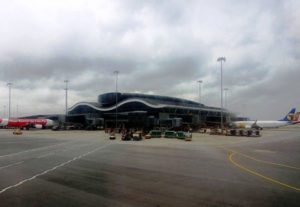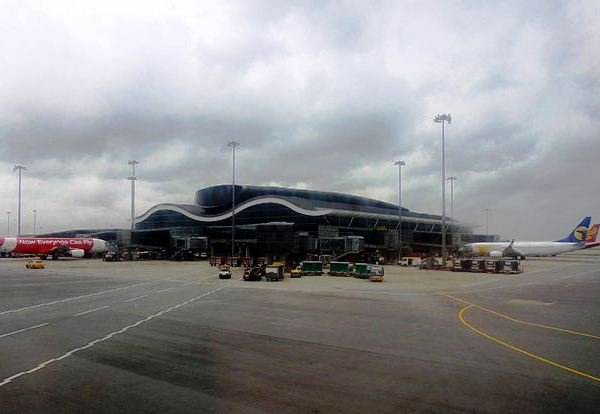 Hong Kong’s Civil Aviation Department switched to full commission on November 14 its new air traffic management system, with civil aviation director general Simon Li pronouncing the new platform to be running smoothly, contrary to media reports.
Hong Kong’s Civil Aviation Department switched to full commission on November 14 its new air traffic management system, with civil aviation director general Simon Li pronouncing the new platform to be running smoothly, contrary to media reports.
Li rejected a media report claiming department staff were threatened with demotion if they did not report a 100% satisfactory rate in the staff readiness survey on using the new system, according to a news report by the Information Services Department.
He said the claim was unfounded and unfair to air traffic controllers who underwent rigorous assessment before operating the new system. The department said it exerted no pressure on the controllers, adding there is an established mechanism for their promotion based on merit and experience.
The department also refuted another media report which claimed the new system failed to identify a potential mid-air collision risk last month, saying there was no collision risk in the incident concerned.
Secretary for Transport & Housing Anthony Cheung had earlier endorsed the full commission of the new air traffic management system on November 14 based on the advice of an overseas consultant and the confirmation of the department of the system’s readiness.
He said the consultant was satisfied the department was ready to proceed with full transition as planned, well supported by clear entry and success criteria, robust fallback contingency measures, and demonstrated operational readiness in planning, manpower, procedures, equipment, and safety management.
The consultant had also assessed the impact of the workstation display degrade incident that occurred on the system on October 27, confirming it was triggered by an unusual flight plan without entry to the Hong Kong Flight Information Region, said Cheung.
The display degrade was an automatic protection mechanism by system design to contain the non-routine data. The new system was stable and no “system crash” was observed at any time.
The new system can handle 8,000 flight plans per day while simultaneously monitoring 1,500 air or ground targets, five times and 1.5 times the existing system, making it capable of coping with future air traffic growth, including that under the three-runway-system development, he added.
Photo: Livewireshock





